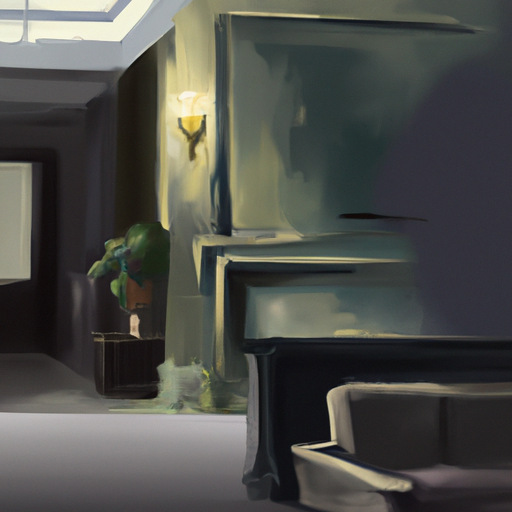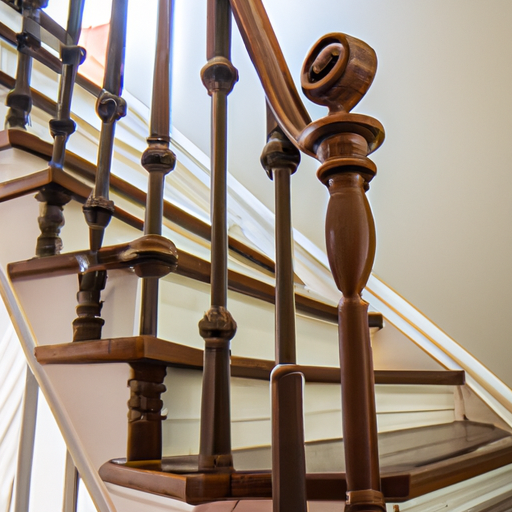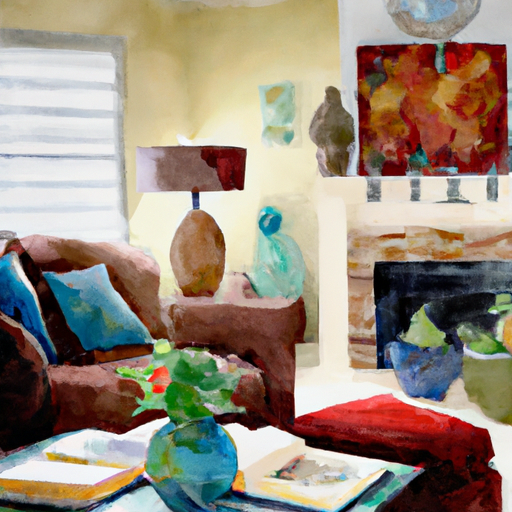This article discusses the basic techniques of real estate photography, including using the right equipment, planning and preparing for your shoot, and focusing on lighting. It also emphasizes the importance of composition, highlighting unique properties and post-processing to enhance images. In addition, it mentions two key trends in real estate photography: the use of drones for aerial photography and virtual reality for virtual tours.
In the competitive world of real estate, a compelling photo can make all the difference. In a sea of listings, it’s the images that truly convey the essence of the home that will attract the attention of potential buyers. The art of real estate photography goes beyond simple point and shoot; it requires a deep understanding of technique, composition, lighting and post-processing. In this article, we’ll delve into the world of real estate photography and explore the essential skills and strategies needed to capture homes in the best possible light. From mastering the basics to using innovative trends and techniques, we’ll reveal the secrets to creating visually appealing images that will capture the attention of buyers and elevate your real estate business. Whether you’re a seasoned professional or just starting out, this comprehensive guide will give you the tools you need to succeed in the art of real estate photography.
- 1. “Mastering the basics: basic techniques for photographing buildings”
- 2. “Creating Visual Appeal: Composition and Lighting Tips for Real Estate Photography”
- 3. “Highlighting unique features: showcasing the best of every home”
- 4. “The Magic of Post-Processing: Enhancing Images to Attract Potential Buyers”
- 5. “Ahead of the Game: Trends and Innovations in Real Estate Photography”
1. “Mastering the basics: basic techniques for photographing buildings”

When it comes to real estate photography, mastering the basics is critical to capturing homes in the most appealing and effective way. Here are some basic techniques every real estate photographer should know:
1. Use the right equipment: Investing in high-quality photography equipment is essential to producing sharp and visually stunning images. A good SLR camera with a wide-angle lens is a must-have for real estate photography. In addition, a sturdy tripod is essential to get clear images, especially in low light conditions.
2. Plan and prepare: Before you even set foot on the grounds, it’s important to plan your shots and prepare accordingly. Take some time to research the property, understand its unique features, and visualize the shots you want to capture. This will help you make the most of your time on location and not miss a single important shot.
3. Focus on lighting. Lighting plays an important role in real estate photography. Natural light is often the best option, so try to plan your shoot during the day
2. “Creating Visual Appeal: Composition and Lighting Tips for Real Estate Photography”

When it comes to real estate photography, creating visual appeal is critical to capturing the essence and beauty of homes. This can be achieved by carefully considering the composition and lighting.
Composition plays a vital role in real estate photography as it helps showcase the unique features and benefits of selling a property. One of the important aspects of composition is choosing the right angles to capture the space. Experiment with shooting from different heights and angles to find the most pleasing angles that highlight the best aspects of the home. For example, a low angle shot can make a room feel more spacious, while a higher angle shot can show the layout and structure of the space.
In addition to angles, the rule of thirds can also be applied to real estate photography. This rule suggests dividing the frame into a 3×3 grid and placing the main objects or points of interest along these lines or at their intersection. In this way, you create a visually appealing and balanced image that draws the viewer’s attention to what is most important.
3. “Highlighting unique features: showcasing the best of every home”

When it comes to real estate photography, one of the key goals is to highlight the unique features of each home. Every property has something special to offer, and it’s a photographer’s job to capture and showcase those distinctive elements.
One way to achieve this is to focus on the architectural details that set the property apart. Whether it’s an intricate staircase, a beautifully designed fireplace or unique moldings, these elements can add character and charm to a home. By using the right angles and lighting techniques, the photographer can emphasize these details and make them stand out in the photos.
In addition to architectural features, it is important to reflect the unique layout and functionality of the house. This can include open floor plans, custom shelving, or a well-designed kitchen. By photographing these areas from different angles and perspectives, potential buyers can gain a better understanding of how the space flows and how they can use it to suit their needs.
Another important aspect of highlighting unique features is shooting outdoors
4. “The Magic of Post-Processing: Enhancing Images to Attract Potential Buyers”

In the world of real estate photography, photographing homes is just the first step to creating stunning images that attract potential buyers. The real magic is in the post-processing stage, where the images are enhanced to showcase the property in its best light.
Post-processing is the art of fine-tuning and enhancing images using various editing techniques. This allows photographers to highlight the home’s unique features, create a sense of warmth and coziness, and ultimately make the property more attractive to potential buyers.
One of the key aspects of post-processing is adjusting exposure and white balance. These adjustments help correct any lighting issues that may have occurred during the shoot, ensuring that the final images will accurately reflect the true colors and atmosphere of the subject. By improving brightness and color balance, photographers can create a more engaging atmosphere that resonates with viewers.
Another important technique in post-processing real estate photos is removing distractions or imperfections. This involves removing unnecessary objects, stains or even power lines that
5. “Ahead of the Game: Trends and Innovations in Real Estate Photography”

In the fast-paced world of real estate photography, it’s important for photographers looking to capture homes in the most attractive and innovative ways to stay ahead of the curve. As technology advances, new trends and techniques emerge that allow photographers to create compelling visuals that can make a significant impact on potential buyers.
One of the key trends in real estate photography is the use of drones. These drones allow photographers to capture stunning aerial images of objects, showing their size, location and surrounding landscapes. Drones allow photographers to offer a unique perspective that was once only possible by renting expensive helicopters or planes. With the increasing availability and availability of drones, this trend is becoming more common and clients now expect to see aerial imagery as part of their real estate listings.
Another trend in real estate photography is the use of virtual reality (VR) technologies. VR allows potential buyers to take virtual tours of real estate from the comfort of their homes. Wearing a virtual reality headset, viewers will be able to explore each
In conclusion, mastering the art of real estate photography is essential to capturing the true essence and beauty of homes. By mastering the basics like proper techniques and equipment, photographers can create visually appealing images that showcase the unique features of each property. Tips on composition and lighting play a crucial role in creating compelling photos that attract potential buyers. In addition, post-processing techniques can enhance images to make them more visually appealing and increase their chances of attracting the attention of potential buyers. Finally, staying ahead of the game by keeping up with trends and innovations in real estate photography is critical for photographers to stand out in a competitive market. Overall, with the right skills, techniques and creative approach, real estate photographers can truly capture the essence of homes and help sellers attract the buyers they want.
 Purex find
Purex find